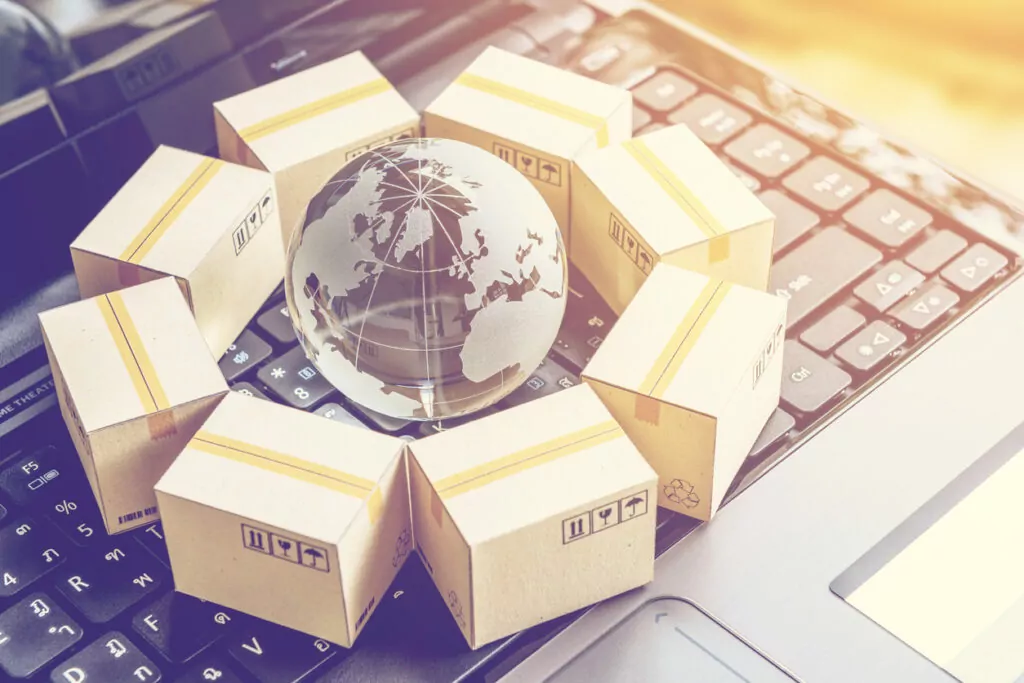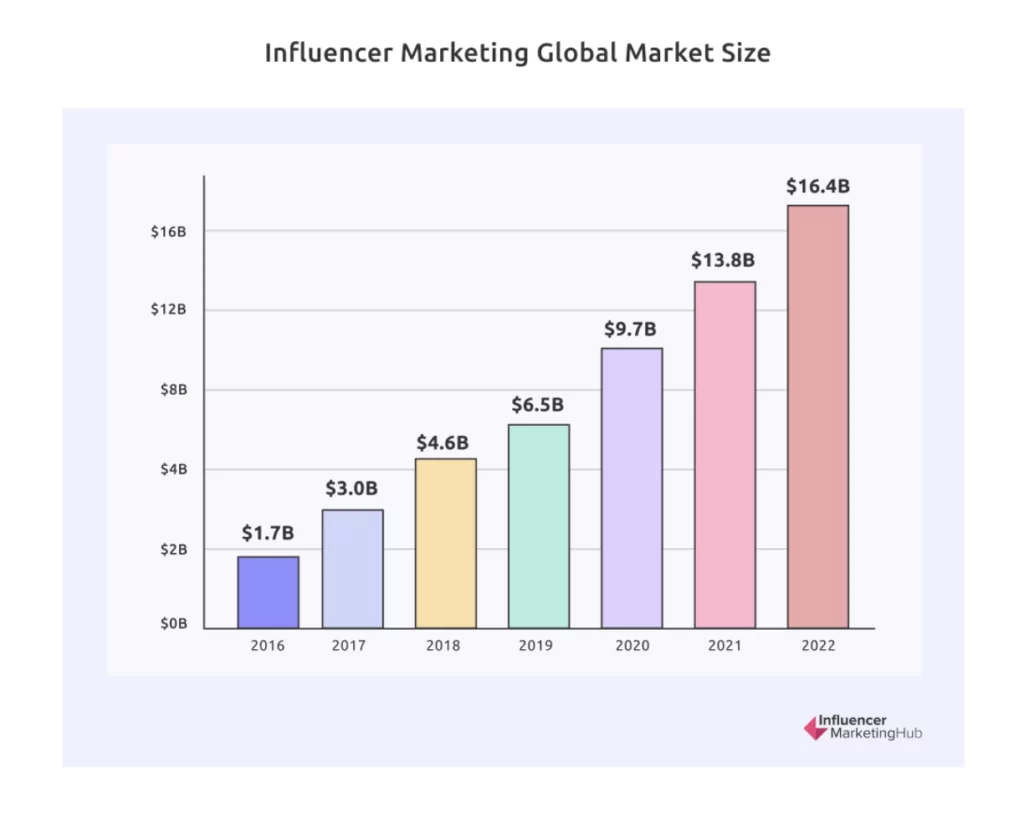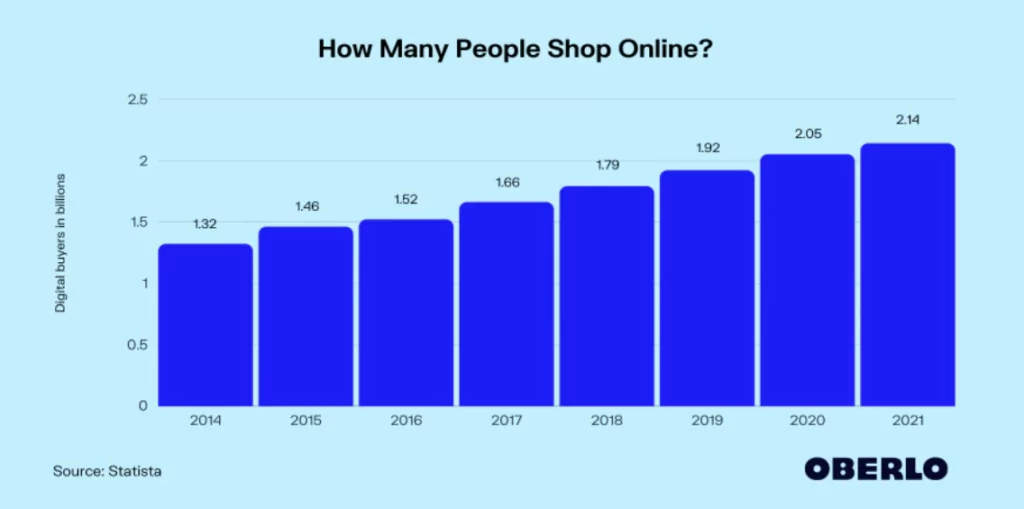Distributing products through channel sales vs. direct sales is a choice franchises must make at some point. However, emerging trends in e-commerce and new channel sales methods are changing how these two methods operate today, which may influence what sales methods you use this year.
How can you know whether to use channel sales or direct sales for your products?
Use this guide to examine how the market has changed in 2022 and what that means for your channel and direct sales strategies.
Key Takeaways:
- Channel sales use third-party affiliates to sell your products, while direct sales go straight from the manufacturer to the end-user.
- Channel sales require fewer resources and offer opportunities to add benefits to your products, boosting their value.
- Direct sales give you more control over distribution and have a greater return.
What Are Channel Sales?
Channel sales operate through a third-party distributor or partner that sells your products. These partners take care of the marketing and sales of the product within their retail location or in their e-commerce store. The manufacturer then receives a percentage of the sales.
For example, Nike sells products on their website and uses third-party department stores and e-commerce websites.
Channel Sales Examples
Here are a few examples of the most common channel sales distributors:
- Sales agents or consultants: Sell your product directly to a customer for a commission, but don’t own the product.
- Retailers and resellers: Purchase your discounted products, then sell them at their stores.
- Affiliates: Promotes your product in return for a commission, but the consumer will still purchase the product from your store or website.
- Distributors: Purchase products at a discounted rate before selling them again to another third-party partner
One of the most notable trends in channel sales in 2022 is the rise of the influencer marketer. An influencer marketer is an expert in your industry who already has a loyal following. They will often promote and sell products through their social channels or websites in return for a commission. About 93% of marketers use influencer marketing in B2C and B2B channel sales.
Source: Influencer Marketing Hub
What Are Direct Sales?
If you don’t want to work with a middleman, you use direct sales. These are sales where the manufacturer is also the distributor. Instead of using a partner, you sell products to the end-users through your franchise locations or a website.
Direct Sales Examples
There are several ways you can perform direct sales:
- Sales agents: Use an in-house team of sales agents to meet with clients or call potential leads
- Physical Stores: Your organization builds brand-name stores for selling products.
- E-commerce: Your website sells your products and ships them directly from the warehouse to consumer homes.
Today, remote sales are growing more popular than in-person sales. About 64% of sales agents who focused on remote over in-person sales surpassed their goals. Because of the great success of remote sales, 57% of businesses will use a hybrid model that incorporates both in-person and remote sales, making direct sales easier to perform as they require fewer resources.
Benefits of a Channel Sales Strategy
Channel sales can benefit all manufacturers looking for a cost-efficient way to distribute their products to a mass market. Here are three specific benefits of using a channel sales method.
More Opportunities to Add Value
When channel partners sell your products, they can add their products or services to your product to increase its value. This also increases your product’s popularity because it will reach new markets that might not have considered your product on its own.
For example, consumers can purchase Apple’s iPhone directly from the website. However, many consumers buy the phone in a promotional deal from their service providers like Verizon, which adds value to the phone and makes the higher price tag worth the cost.
Reduced Distribution Costs
Using third-party distributors takes a significant workload from your shoulders. Instead of handling your product’s journey from manufacturing to sales, you can focus more on product creation.
Your partners will then use their tools and workforce to market and distribute your product for you. A channel partner can make more sales than a single sales agent, increasing your revenue.
Increased Product Reach
If you limit your sales to your company’s physical locations, you also restrict who can access your product. However, bringing third-party retailers into your franchise means selling to a broader audience in areas you might not have any contact with. In addition, you can reach a larger online audience.
When you distribute your products through a retailer, you also gain the trust that the retailer instills. For example, a local retailer that sells your products already has the community’s confidence, which boosts your product’s reliability.
Benefits of a Direct Sales Strategy
Even if you use channel sales, you will always have a market for direct sales. Online shopping has grown considerably, seeing a significant jump in 2019. With more businesses conducting sales online, selling directly to your end-user has never been easier as you don’t have to establish physical stores to build a nationwide or global franchise.
Source: Oberlo
Greater Return from Sales
When you sell through a third-party distributor, they often purchase the product at a discounted price and then mark it up at their store to receive a larger return. However, when you distribute your products directly to the consumer, you cut out the middleman and can sell products for their full value.
More Control Over Marketing and Distribution
Direct sales give you complete control over your product’s marketing and sales processes. You can be part of every step your product takes from the moment you create it until consumers purchase it.
Having control of marketing means you also have greater control of your brand’s reputation. You don’t have to worry about a distributor’s poor business practices affecting your brand’s name. You can choose what message you use in your marketing campaigns and how consumers view your product.
More In-depth Market Insights
Because you are part of the product’s journey, you also see every step of the customer’s journey. In addition, being involved means you have more chances to collect valuable data on your customers and how they interact with your product.
You can find these key data points in customer feedback, buyer behaviors, and online marketing insights.
Channel Sales vs. Direct Sales: Which One Is Best?
Both direct and channel sales are essential for a modern sales strategy that is both cost-efficient and effective. Balancing allows you to build a name for yourself with consumers and gather crucial insights while still reaching a greater market through third-party distributors.
Easily Manage All Your Channel and Direct Sales
Whether you are working with direct or channel sales, you need a method for managing and bringing all your strategies together in one location. Without a centralized platform for collecting and managing leads, you can have siloed data and miscommunication.
MXTR offers multi-location marketing automation software for direct and channel sales management to ensure your efforts align with your business’s goals.
Schedule a demo and experience the difference our automation software can make in your franchise.
Featured Image: istockphoto









